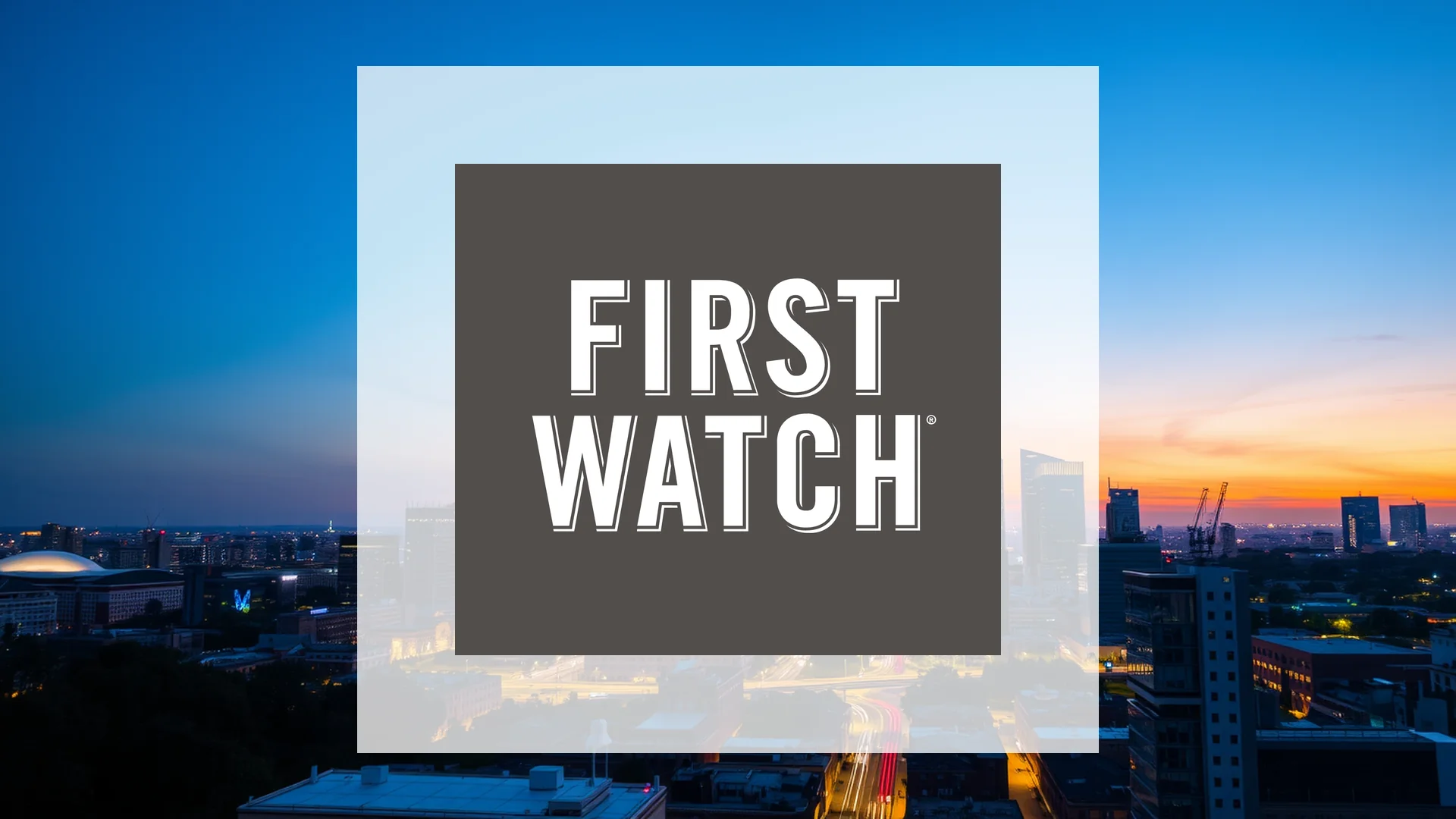Biotechnology firm Arvinas has unveiled a significant strategic overhaul, involving the potential out-licensing of a key breast cancer drug and the implementation of deep cost-cutting measures. The announcement, made in partnership with Pfizer, sent ripples through the market as the company seeks to extend its financial runway and refocus its research efforts.
Restructuring and Financial Maneuvers
Central to the new direction is the decision for Arvinas and Pfizer to seek a third-party partner to hold the commercialization rights for vepdegestrant. This investigational oral PROTAC estrogen receptor degrader is currently under FDA review. The move represents a pivot away from the original co-commercialization strategy, which envisioned a 50-50 split between the two companies.
To bolster its financial position, Arvinas is initiating a stringent operational efficiency program designed to yield annual savings exceeding $100 million compared to its 2024 expenditure. A key component is a workforce reduction, eliminating approximately 15% of positions, with the majority of cuts focused on the commercial team prepared for vepdegestrant. The company anticipates incurring restructuring charges of around $4.5 million, most of which will be recognized in the first quarter of 2026. In a concurrent effort to reassure shareholders, Arvinas announced a $100 million share repurchase program.
Should investors sell immediately? Or is it worth buying Arvinas?
Analyst Sentiment and Pipeline Focus
Market analysts responded with cautious adjustments to their outlooks. Stephens maintained an “Overweight” rating but reduced its price target from $16 to $14. Similarly, Guggenheim kept a “Buy” recommendation while lowering its target to $15. In contrast, Barclays initiated coverage with an “Overweight” rating and a $16 price target.
Despite recently reporting positive Phase 3 trial data for vepdegestrant, Arvinas now plans to concentrate its resources on earlier-stage pipeline candidates. The company’s development pipeline includes three other PROTAC-based therapeutics currently in Phase 1 studies: ARV-102 for neurological disorders, ARV-393 for the treatment of lymphoma, and ARV-806 for solid tumors.
Long-Term Viability in Question?
A critical element of the company’s communication was the reaffirmation of its cash position. Arvinas stated that its current cash and equivalents of $861.2 million are projected to fund operations into the second half of 2028, providing a lengthy runway to advance its early-stage assets. The immediate market reaction will be closely watched following the stock’s recent closing price of $7.61. Investors are expected to monitor the progress of securing a new partner for vepdegestrant and the development of the company’s preclinical pipeline as this new strategic course is navigated.
Ad
Arvinas Stock: Buy or Sell?! New Arvinas Analysis from December 24 delivers the answer:
The latest Arvinas figures speak for themselves: Urgent action needed for Arvinas investors. Is it worth buying or should you sell? Find out what to do now in the current free analysis from December 24.
Arvinas: Buy or sell? Read more here...











